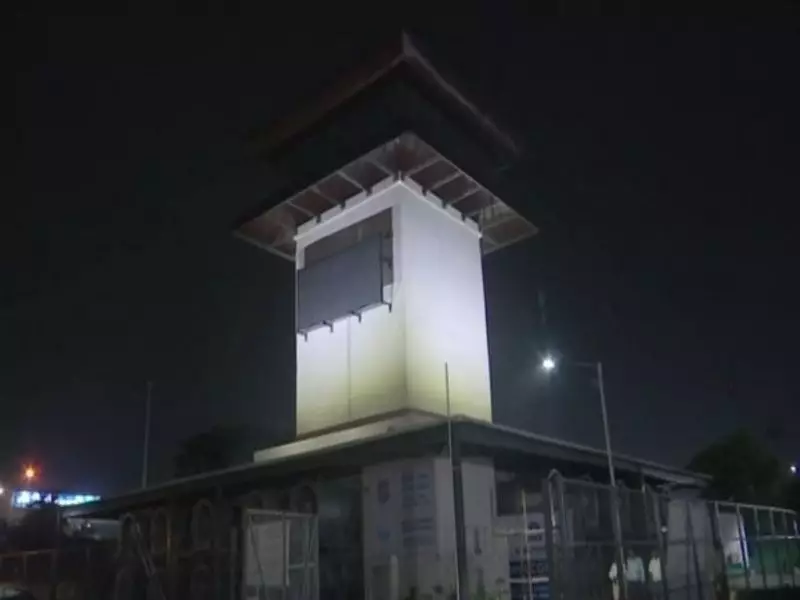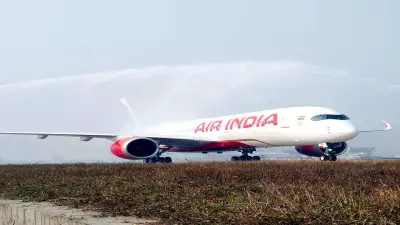
The battle against Delhi's notorious winter pollution has received significant reinforcement with the Anand Vihar smog tower now operating at full capacity. The Punjab Pollution Control Board (PPCB) has officially confirmed that the much-anticipated anti-pollution structure is completely functional, marking a crucial development in the city's ongoing fight for cleaner air.
Technical Specifications and Operational Status
According to the detailed confirmation provided by the Punjab Pollution Control Board, the Anand Vihar smog tower has achieved full operational status. This confirmation came directly from PPCB Chairman Adarsh Pal Vig, who verified the structure's complete functionality. The tower represents a technological intervention aimed specifically at addressing the severe air quality issues that plague the Anand Vihar area, particularly during the winter months when pollution levels typically skyrocket.
The smog tower installation in Anand Vihar is particularly significant given the area's consistent ranking among Delhi's most polluted locations. Monitoring stations in this region frequently report air quality indexes that reach hazardous levels, creating serious health concerns for residents and commuters alike. The full activation of this anti-pollution infrastructure comes at a critical time, as Delhi prepares for its annual battle with winter smog.
Strategic Importance in Delhi's Pollution Control
Anand Vihar's strategic location as a major transportation hub, combined with its proximity to industrial areas and heavy traffic flow, has made it one of the city's pollution hotspots. The complete operationalization of the smog tower here represents a focused approach to tackling air pollution at its most concentrated points. The technology works by filtering particulate matter from the air, potentially creating cleaner air zones in the immediate vicinity.
The PPCB's role in confirming the operational status underscores the collaborative approach being taken to address Delhi's persistent air quality challenges. With the tower now fully functional, authorities and environmental experts will be closely monitoring its impact on local air quality parameters, particularly as winter conditions set in and atmospheric factors become more conducive to pollution accumulation.
Broader Implications for Delhi's Air Quality Management
The successful commissioning of the Anand Vihar smog tower adds an important weapon to Delhi's arsenal against air pollution. As the city continues to implement its comprehensive Winter Action Plan, this technological solution complements other measures such as vehicle emission controls, industrial regulations, and public awareness campaigns. The timing of its full operational status is particularly crucial, given the typical deterioration of air quality that occurs during the October to January period.
Environmental experts and residents alike will be watching closely to assess the tower's effectiveness in mitigating pollution levels in one of Delhi's most challenging areas. The data collected from its operation will likely inform future decisions about similar installations in other pollution hotspots across the National Capital Region. For now, the fully operational Anand Vihar smog tower represents hope for improved air quality and a testament to technological interventions in environmental management.





